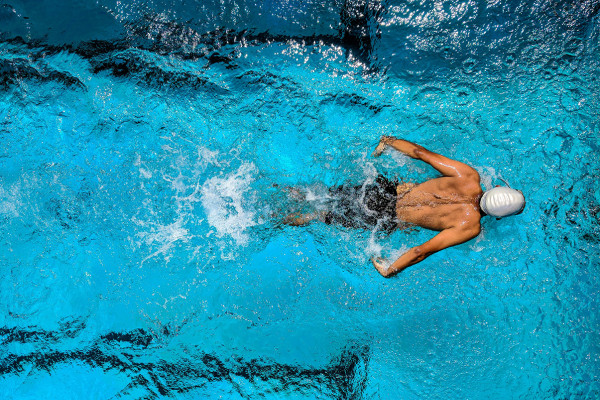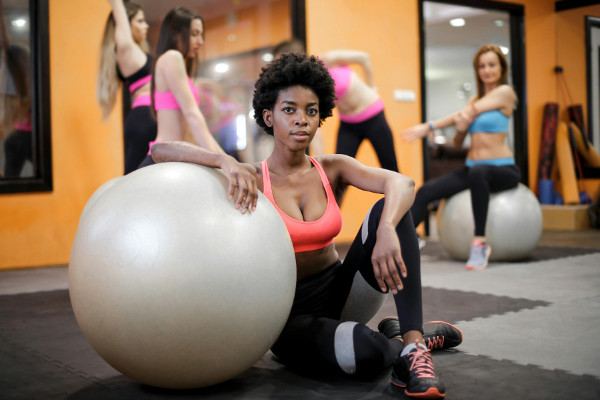How to Get Started and Enjoy Trying a Water Sport: Tips for Beginners and Beyond
Trying a water sport can be a thrilling way to connect with nature, stay active, and unwind. Whether you’re dipping your toes into kayaking, paddleboarding, or snorkeling, getting started doesn’t have to feel overwhelming. From what gear to bring and how to stay safe, to overcoming fears and choosing the right activity, these insights will guide you through the essentials. Dive in and discover how easy and rewarding your first experience on the water can be.
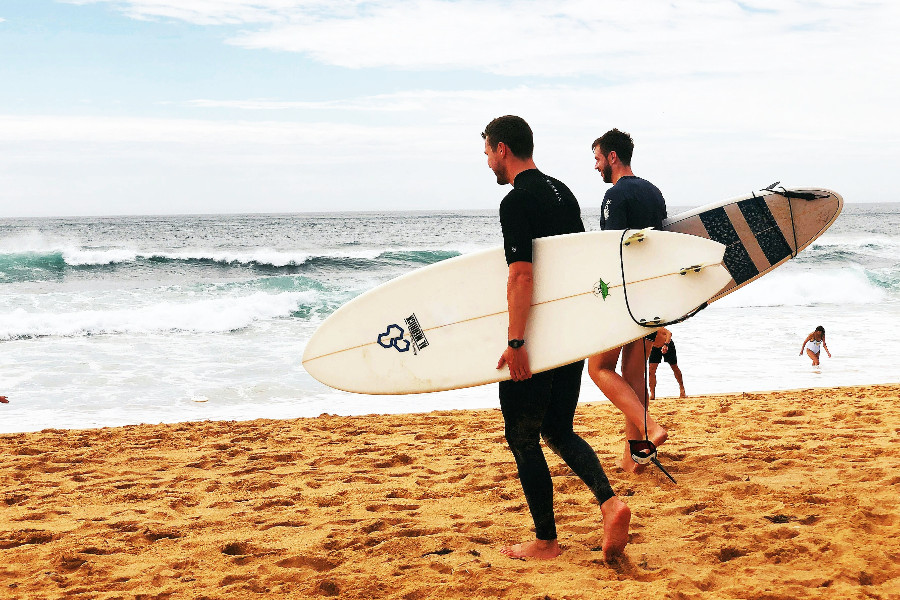
What are the easiest water sports for beginners?
When you’re just starting out with water sports, it’s best to pick activities that feel easy and natural. Kayaking, paddleboarding, and snorkeling are great choices because they don’t demand a lot of skill upfront. You can sit calmly in a kayak and learn how to paddle without feeling rushed. Paddleboarding helps you find your balance on calm water, and snorkeling lets you float and explore underwater life without needing advanced swimming skills. These sports give you a gentle introduction to being on the water, so you can build confidence at your own pace. If you want to enjoy the water without stress, these beginner-friendly options are perfect.
What equipment do I need to try a water sport?
Wondering what gear you need to get started with water sports? It really depends on what you want to try. At the very least, a life jacket is a must-have for safety. Beyond that, each sport has its own essentials: a paddle for kayaking or paddleboarding, a mask and snorkel for snorkeling, and a surfboard if you’re hitting the waves. Dressing appropriately matters too – think wetsuits if the water’s cold, or quick-dry clothes if it’s warm. The good news is many places rent out equipment, so you don’t need to buy everything right away. Renting lets you test different sports before committing to your own gear.
How do I stay safe while trying a water sport?
Staying safe on the water is really important, no matter what sport you’re trying. The first rule? Always wear a life jacket or flotation device. It’s not just for beginners – everyone benefits from that extra layer of protection. Next, make sure you know the basics: how to signal for help, what the weather is like, and where you’re allowed to go. Never go out alone – having a buddy or instructor nearby means someone’s there if you need help. Listen to your body, and don’t push yourself too hard. Taking lessons from a pro can teach you the right techniques and keep things safe and fun.
What water sport is best for fitness?
If you want a water sport that really works your body, stand-up paddleboarding (SUP) is a top pick. It’s like a full-body workout without feeling like exercise because you’re out on the water enjoying nature. Your core, arms, legs, and back all get involved as you balance and paddle. Plus, it’s gentle on your joints, so it’s great whether you’re fit or just getting started. Other great options include kayaking and swimming, which boost endurance and strength. For those after a bit more excitement, surfing and windsurfing combine power and balance. Whatever you choose, water sports are a fun way to stay fit outdoors.
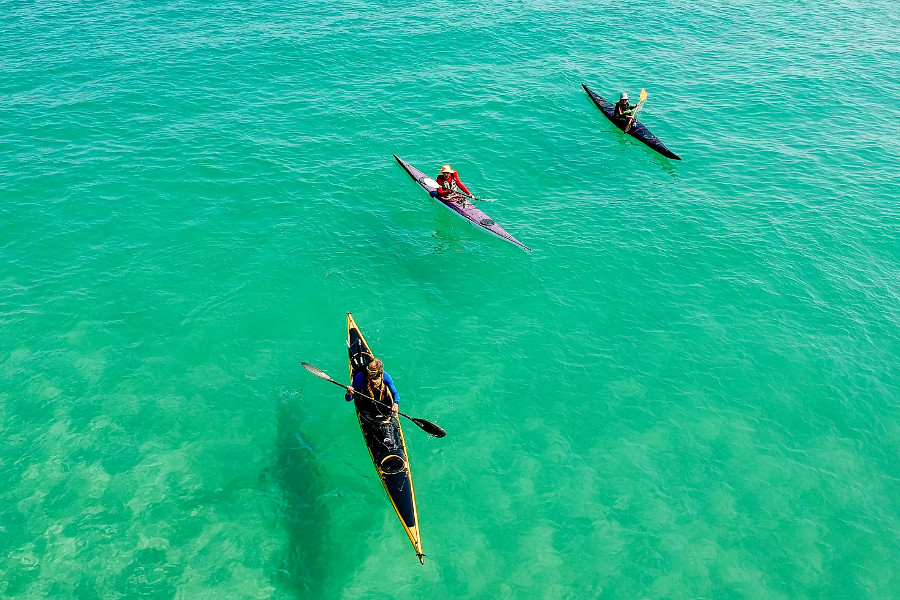
Where can I learn to try water sports near me?
Looking for a place nearby where you can learn water sports? Start by checking out local recreation centers, beaches, or marinas. Many spots offer lessons and rentals for beginners eager to try kayaking, paddleboarding, surfing, or sailing. Sometimes community centers and universities have programs, too. You can also use websites or apps that specialize in outdoor activities to find nearby schools and instructors. Don’t forget to ask around in local groups or social media – personal recommendations can lead you to hidden gems. Choosing a certified instructor ensures you get good guidance and stay safe.
How much does it cost to try a water sport?
Trying out a water sport doesn’t have to break the bank. Most beginner lessons cost anywhere from $30 to $100 per session and usually include equipment rental. For example, an hour of paddleboarding or kayaking lessons might be around $40 to $60. Renting gear for the day can cost between $20 and $50. If you find a sport you love, buying your own equipment might make more sense long-term but expect a bigger upfront cost. Group lessons and multi-session packages often offer discounts. It’s a good idea to shop around and see if there are any special offers, especially for kids or students.
What should I wear for a water sport?
What you wear for water sports really depends on the weather and water conditions. In warm weather, swimwear or lightweight, quick-drying clothes like board shorts and rash guards work well. If the water’s cooler, a wetsuit will keep you comfortable and protected from the cold. Don’t forget footwear – water shoes or booties protect your feet from rocks and provide grip. Sun protection is a must: a hat, sunglasses with a strap, and waterproof sunscreen will keep you safe from UV rays. Avoid cotton clothing since it gets heavy when wet. Wearing the right gear makes the whole experience more enjoyable and safe.
How do I overcome fear of water when trying water sports?
If you’re afraid of water, trying water sports can feel intimidating. The best way to overcome this fear is to start slow and gentle. Begin in shallow, calm water where you feel safe. Practice basic skills like floating or breathing calmly with the help of a flotation device. Taking lessons with a friendly instructor can ease your anxiety and give you the confidence to try new things. Surround yourself with supportive friends or groups. Remember to breathe slowly and be patient with yourself – it’s normal to feel nervous, but little by little, you’ll build comfort and enjoy the water more.
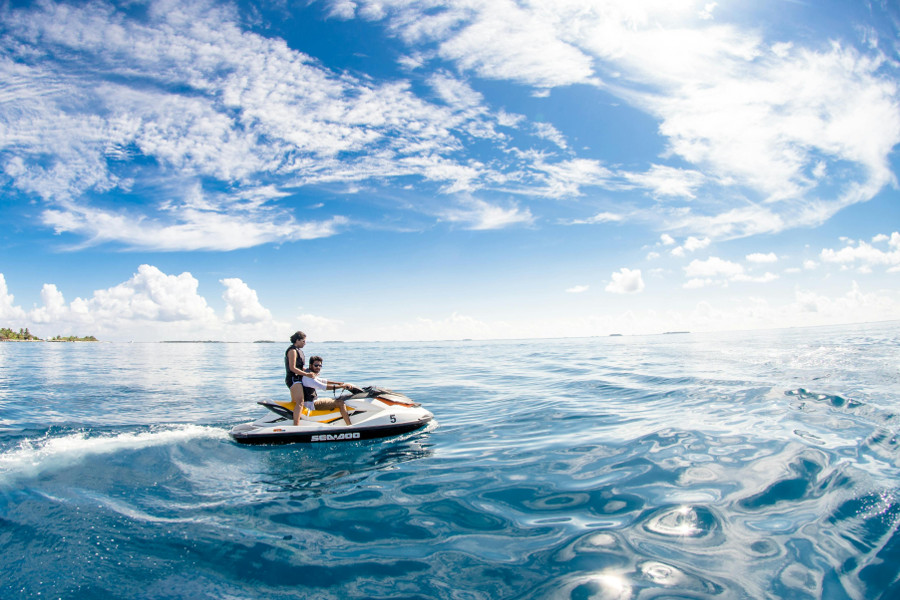
What are the health benefits of water sports?
Water sports are fantastic for your health in so many ways. Physically, they strengthen your heart and muscles, improve flexibility, and boost endurance. Activities like swimming, kayaking, and paddleboarding work multiple muscle groups and improve your balance and coordination. Since you’re in water, the impact on your joints is lower, which is great if you have aches or injuries. Mentally, being in and around water reduces stress and lifts your mood by helping you focus on the present moment. It’s also a social activity for many, which supports emotional well-being. Overall, water sports offer a perfect blend of physical exercise and mental relaxation.
How do I choose the right water sport for me?
Choosing the right water sport for yourself is all about what feels right for your interests and comfort level. Think about what you want – do you want a peaceful escape, a good workout, or an adrenaline rush? Consider your swimming skills and how much time you want to spend learning. Your local environment matters too – do you have calm lakes, rivers, or waves nearby? If you want a gentle start, kayaking or paddleboarding might suit you. If you crave excitement, surfing or windsurfing could be more your style. Try a few beginner lessons in different sports to see what you enjoy most. The best water sport is the one you can’t wait to do again.
How long does it take to learn a basic water sport?
Learning the basics of a water sport usually doesn’t take too long. For some sports like kayaking or paddleboarding, you can get comfortable in just a couple of lessons, each lasting an hour or two. Snorkeling is even quicker to pick up since it mostly involves floating and breathing techniques. Surfing or windsurfing generally take more time because you need to build balance and wave-reading skills, so expect a few days or weeks of practice. The key is regular practice and patience. Taking lessons from experienced instructors can speed things up and make learning safer and more fun.
What are the best water sports to try during summer?
Summer is the perfect time to dive into a wide variety of water sports. Swimming, snorkeling, paddleboarding, and kayaking are all popular because they’re refreshing and accessible. If you’re up for something faster and more thrilling, wakeboarding and water skiing offer plenty of excitement. Windsurfing and sailing are fantastic for those who enjoy wind and waves. Longer daylight hours in summer mean you have more time to enjoy the water safely. Many beaches, lakes, and resorts have rentals and lessons tailored for summer visitors. Choosing a sport that matches your fitness and interests will make your summer even more memorable.
Here are a few useful resources for further reading:
- Discover Boating – Watersports Safety Tips
- REI – Water Safety Skills Guide
- r/water_sports forum on Reddit
Enjoy your journey towards a healthier life.

